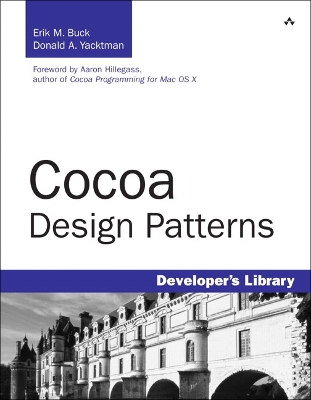Developer's Library
1 total work
“Next time some kid shows up at my door asking for a code review, this is the book that I am going to throw at him.”
–Aaron Hillegass, founder of Big Nerd Ranch, Inc., and author of Cocoa Programming for Mac OS X
Unlocking the Secrets of Cocoa and Its Object-Oriented Frameworks
Mac and iPhone developers are often overwhelmed by the breadth and sophistication of the Cocoa frameworks. Although Cocoa is indeed huge, once you understand the object-oriented patterns it uses, you’ll find it remarkably elegant, consistent, and simple.
Cocoa Design Patterns begins with the mother of all patterns: the Model-View-Controller (MVC) pattern, which is central to all Mac and iPhone development. Encouraged, and in some cases enforced by Apple’s tools, it’s important to have a firm grasp of MVC right from the start.
The book’s midsection is a catalog of the essential design patterns you’ll encounter in Cocoa, including
- Fundamental patterns, such as enumerators, accessors, and two-stage creation
- Patterns that empower, such as singleton, delegates, and the responder chain
- Patterns that hide complexity, including bundles, class clusters, proxies and forwarding, and controllers
And that’s not all of them! Cocoa Design Patterns painstakingly isolates 28 design patterns, accompanied with real-world examples and sample code you can apply to your applications today. The book wraps up with coverage of Core Data models, AppKit views, and a chapter on Bindings and Controllers.
Cocoa Design Patterns clearly defines the problems each pattern solves with a foundation in Objective-C and the Cocoa frameworks and can be used by any Mac or iPhone developer.
